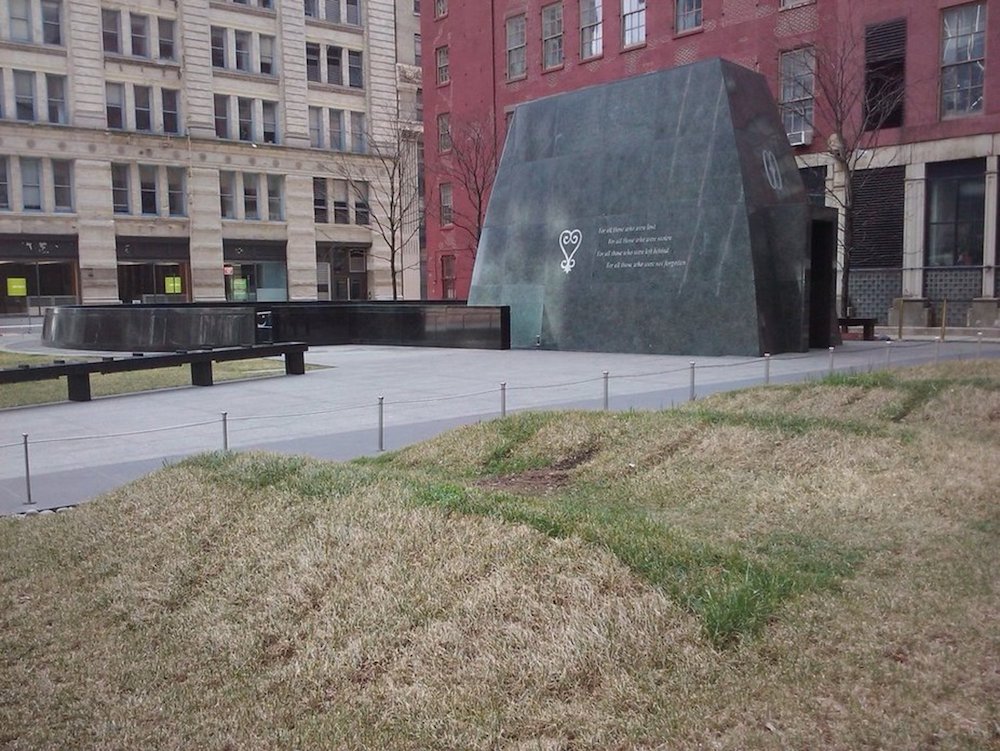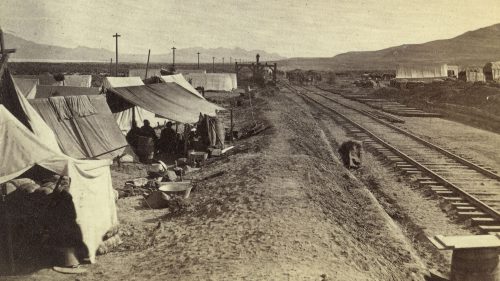Public Archaeology
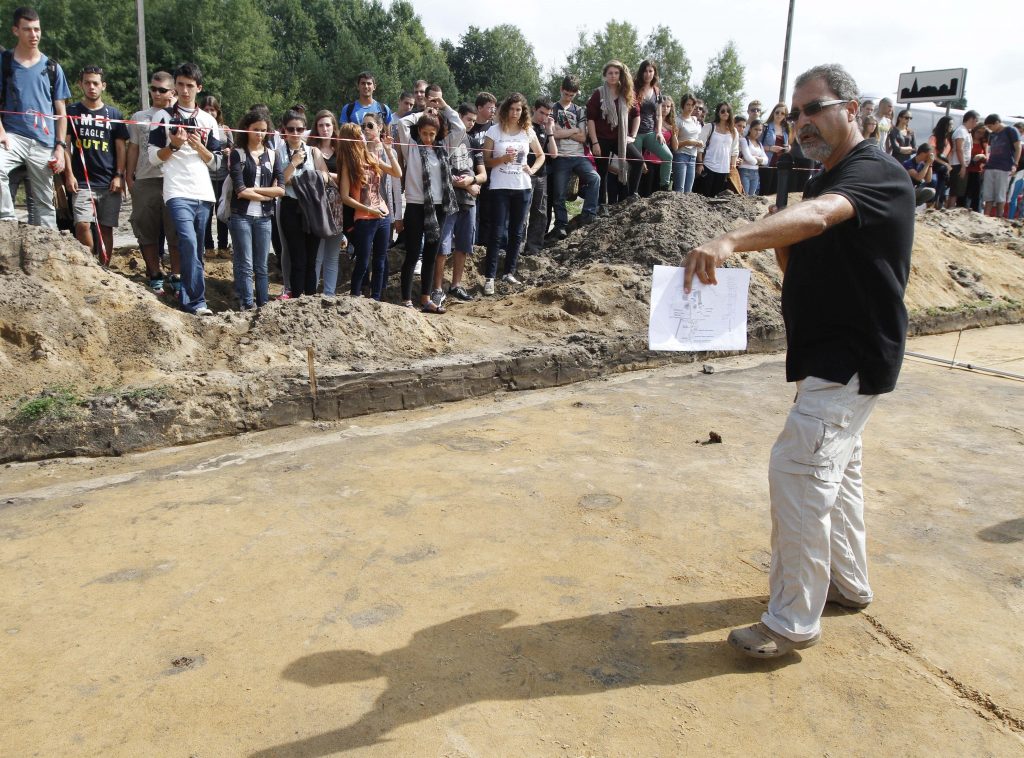
Archaeology as a discipline has much to offer the world outside of academia. In this unit, students will learn about how archaeologists bring their work to the public and how professional archaeologists use their training to make an impact on society through alternative career paths.

Spotlighting War’s Cultural Destruction in Ukraine

Learning From Snapshots of Lost Fossils

How Accurate Is the Stone Age Thriller Out of Darkness?

Unearthing the Origins of Plantation Slavery on São Tomé

What’s Behind the Evolution of Neanderthal Portraits

Finding Footprints Laid at the Dawn of Time

Conflicting Times on the Camino de Santiago

Unearthing the Origins of Plantation Slavery on São Tomé

Living as Stateless Palestinians in Jordan

What’s Behind the Evolution of Neanderthal Portraits

Making Anthropological Poetry Reel

Poems of Witness and Possibility: Inside Zones of Conflict

Bila Mwili
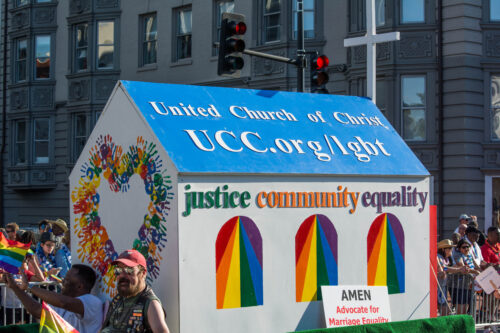
Being LGBTQ+ in U.S. Protestant Churches
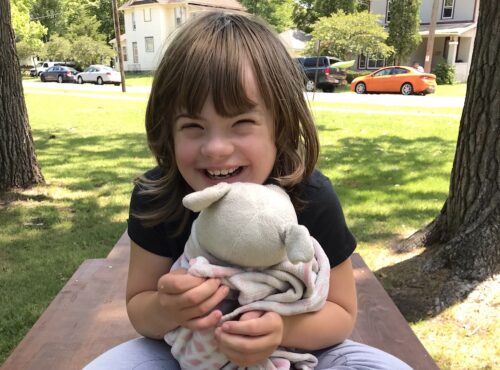
Raising My Children in an Ableist World
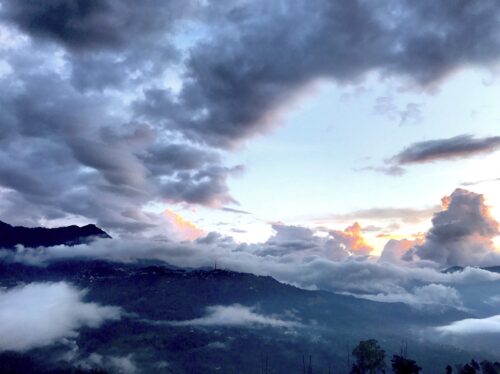
Speaking in Tongues
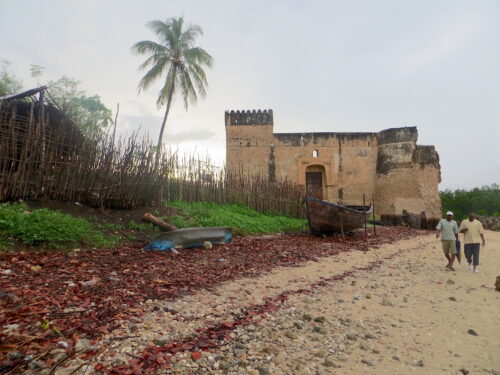
Ancient DNA Supports Swahili Oral Traditions
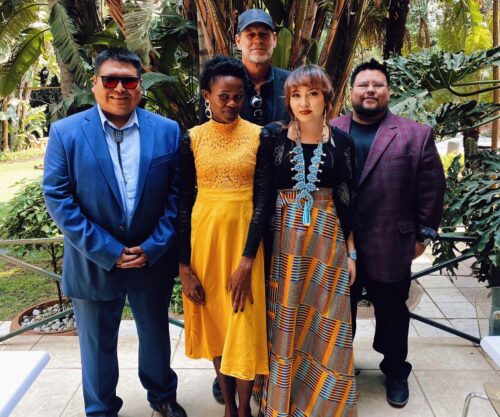
How a Song Bridged Diné and Ndebele Worlds

Living as Stateless Palestinians in Jordan

Excavating the Coexistence of Neanderthals and Modern Humans

Expert Witness Reviews Exhibits for Asylum Proceedings, Franco-González Class Member
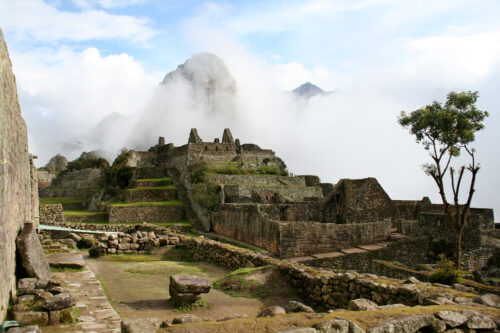
Decoding Diversity and Power at Machu Picchu
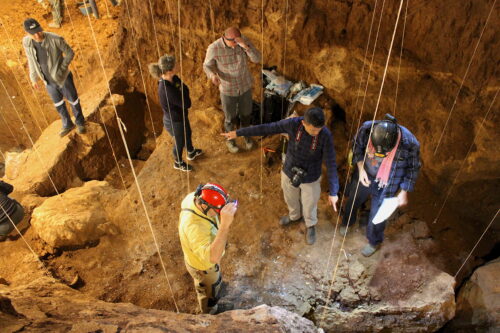
Dating the Arrival of Modern Humans in Asia
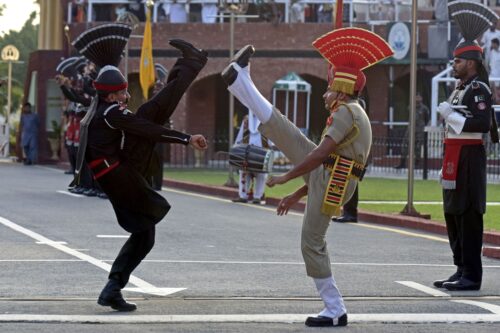
Imagining Other Worlds at the India-Pakistan Border
- Archaeologists inside and outside of academia have the skills to contribute to a wide range of projects and causes.
- Public archaeology is about finding meaningful ways to address issues of interest to the broader public by making use of a skillset that is honed through archaeological training and study.
- Professional archaeologists work for a number of different organizations: for example, museums, regional and national park services, cultural heritage departments, world heritage institutions, environmental associations, community outreach programs, and Indigenous services.
-
Ross, Anne, Jonathan Prangnell, and Brian Coghill. 2010. “Archaeology, Cultural Landscapes, and Indigenous Knowledge in Australian Cultural Heritage Management Legislation and Practice.” Heritage Management 3 (1): 73–96.
-
Williamson, Ronald. 2011. “Planning for Ontario’s Archaeological Past: Accomplishments and Continuing Challenges.” Revista de Arqueología Americana (Journal of American Archaeology) 28: 7–45.
- What can archaeology offer the public?
- How can archaeological discussions about ethics be an asset in sectors like cultural heritage management, among other examples?
- Why is public outreach important for archaeologists?
- Where else can archaeologists work aside from inside academia?
- What do the SAPIENS articles by Veronica Petersen (2019) and Virginia Gewin (2020) show us about the merits of connecting and participating in exchanges with communities affected by archaeological work?
- Have the students reflect on (either through written work or in class discussions) their encounters with archaeology—at tourist sites, in movies and on TV, or in their backyards. What were those encounters like? In what ways were they positive or negative—and why?
-
Article: The Washington Post’s “How the Discovery of an African Burial Ground in New York City Changed the Field of Genetics”
-
Website: National Park Service’s African Burial Ground
-
Website: Society for American Archaeology’s What Is Public Archaeology
Eshe Lewis (2020)
Black Archaeologies
